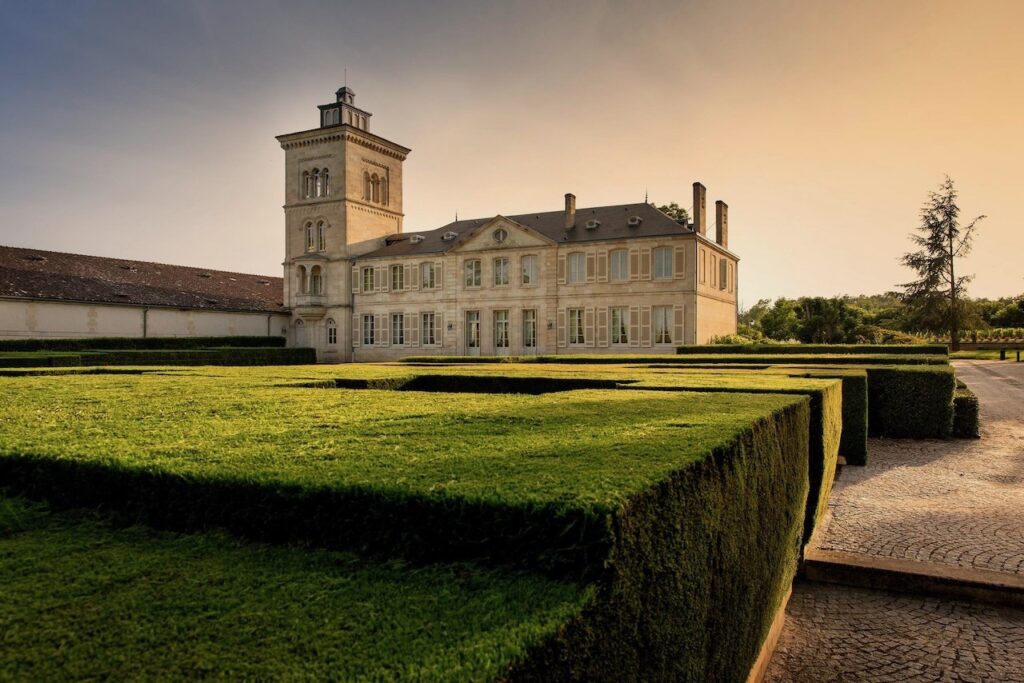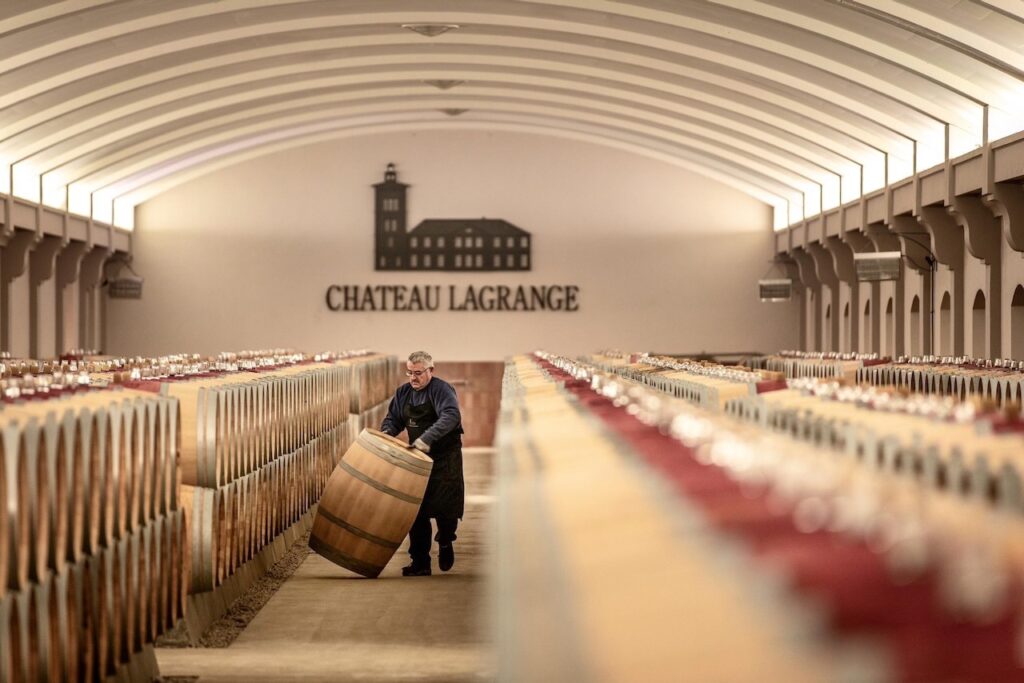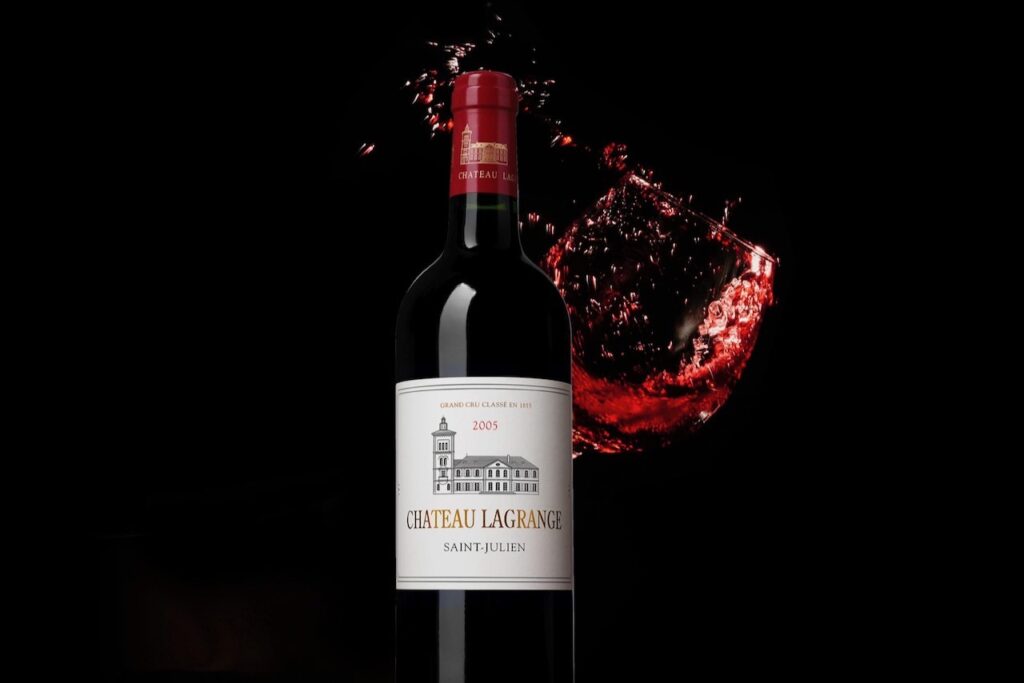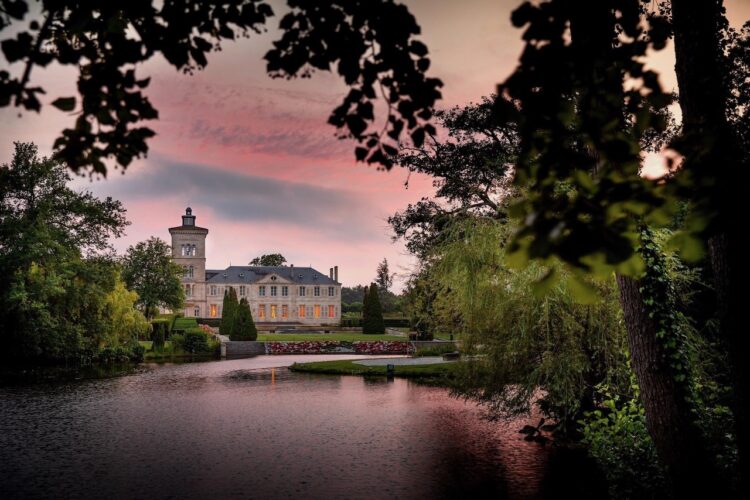Château Lagrange Wines in Malaysia
Monica Tindall
Bordeaux is sometimes met with big emotions – envy, fear (of price or appearing unschooled), pride (you’ve been there, done that) or even disappointment (you’ve got a bottle from the supermarket and it was undrinkable).
But what if I told you there is much more to the region than prestige-stroking, wallet-terrifying wines or substandard bargain drops? Like most places, Bordeaux has a huge variety of quality. Château Lagrange on the Left Bank Saint-Julien appellation is a perfect medium. Classified as a Third Growth wine with serious investment and expertise, we find a wine that is exceptional in taste at a mid-range price.

Introducing the wines to Malaysia at a ConnectPRKL and Uncorked collaboration in Cinq Dining, Château Lagrange’s sales representative Sylvain Menard tells us that the estate spans 157 hectares, with 118 of those dedicated to vineyards. He calls the primary grape varieties grown on-site – Cabernet Sauvignon, Merlot, and Petit Verdot – the magic trio. The wines are characterised by their balance, complexity, and aging potential, making them a hot commodity.
While the estate dates back to the Middle Ages, with significant developments occurring in the 18th and 19th centuries, Japanese company Suntory (yes, the famous whisky makers) acquired it in 1983. With substantial investments and modernisation of the winery, Château Lagrange benefits from both history and innovation.

So, what does Third Growth actually mean?
The 1855 Bordeaux Classification was created for the Exposition Universelle de Paris by order of Emperor Napoleon III to showcase France’s finest wines. The classification ranked the wines of the Médoc region based on their reputation and trading price at the time. The wines were categorised into five levels, known as “growths” (or “crus” in French), with First Growth being the highest and most prestigious, followed by Second, Third, Fourth, and Fifth Growths.
Château Lagrange is classified as a Third Growth in this system. It is considered high-quality, but ranks below the First and Second Growths, such as Château Margaux and Château Lafite Rothschild. This means you can access Château Lagrange wines minus the astronomical prices. Third Growth wines, while slightly lower in ranking, maintain a reputation for exceptional quality and ability to age well.

Château Lagrange Wines Malaysia
Sylvain walks us through a unique vertical tasting of reds with vintages from as far back as 2005 up to 2020. But first, we refresh our palates with a bright Bordeaux white from the same estate.
Les Arums de Lagrange 2023
With 118 hectares of red and only 11 of white, Sylvain jokes that white wine “is almost a hobby.” The name, Les Arums, comes from the white flowers that grow around the swan-filled lake. Sounds idyllic, right? Well, I can imagine sipping this lovely Sauvignon Blanc, Semillon and Sauvignon Gris blend on a summer lounger by the water. The blend is wonderfully balanced. Sauvignon Blanc gives citrus and acidity, while the Sauvignon Gris is less acidic but rounds out the flavours with tropical fruits like mango. This would be awesome with ceviche or sashimi with a splash of yuzu.
Château Lagrange Vertical Tasting – 2005, 2012, 2014, 2016, 2019, 2020
Only the best grapes of that magic trio of Cabernet Sauvignon, Merlot, and Petit Verdot are selected for the Lagrange range. On average the vines for this wine are around 40 years old. The grapes are hand-picked and, because of global warning, each vintage has an increasing percentage of Cabernet Sauvignon, with up to 80% in some years. In general, each demonstrates structure, finesse and aging potential (up to 20 years). They offer an excellent quality-price ratio.
The 2005 vintage is a powerhouse, with concentrated flavours and well-integrated tannins, nearing its peak enjoyment. In contrast, the 2012 presents a classic and balanced experience, medium-bodied with good freshness, yet lacking the prolonged aging potential of top-tier years. The 2014, challenged by rain, resulted in a lighter, more approachable wine ready for drinking right now. The 2016, thanks to exceptional conditions, is concentrated, complex, and age-worthy. Similarly, the 2019 benefitted from abundant sunshine and an extended harvest, producing a rich, powerful wine with silky tannins. Lastly, the 2020 vintage, though not as remarkable as 2016 or 2019, still offers a well-structured wine with good fruit and freshness
Find Château Lagrange wines @uncorkedmalaysia

Find more on the wine scene in Kuala Lumpur here and stay up-to-date on the latest happenings in KL’s food and beverage scene with The Yum List on Instagram and The Yum List on Facebook.

